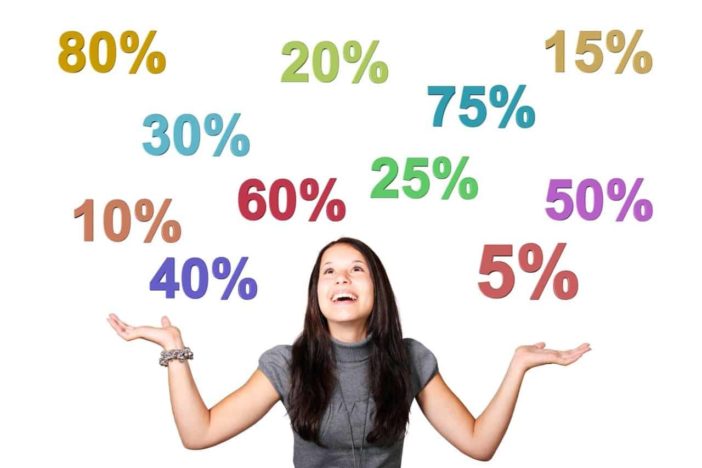Pricing is complicated, and if the entrepreneur gets it wrong, it’s a game over. Set the price too low and forget profits. Price things too high, and it will send away customers. The good news is that there are different ways to set up prices for a small or medium-sized business. Understanding pricing strategies is the best way to approach the market. Moreover, the entrepreneur needs to understand the customer and their willingness to pay for the product. Also, the entrepreneur needs to know what the competition charges for the same product. Besides that, one needs to factor in fixed and variable costs.
Penetration pricing
Most startups prefer using this pricing strategy. It is a temporal price that allows the businesses to get established in the market. Charging lower prices than the competition characterizes this pricing strategy. However, as the business gets the attention of customers, prices start to increase. The benefit of this pricing model is that it is the ideal way of expanding the business’s market share. Nevertheless, it could hurt a business through several initial losses incurred while establishing a market presence.
Economy pricing
Most retailers adopt economy pricing. They charge lower prices and earn little profit from selling their products. The only way businesses become successful despite using the economy pricing model is they have lower production costs. Selling at economy pricing aims at increasing the market share of the business. If you are selling generic products, economy pricing is the best way to go.
Premium pricing
Charging premium prices involves setting prices higher than the immediate competition. In most cases, customers believe that high-priced goods are high quality. Moreover, businesses use this pricing model to change or shift perceptions among buyers. For example, the prices of Rolex are higher compared to other brands like Timex. Rolex banks on the idea that customers believe that the quality of their product is higher, thus the higher price. Before setting premium prices, a business needs to think about the following.
- Provide customers with premium products
- Define value to the potential buyers
- Offer premium customer service
- Don’t drop prices even when times are hard.
Competitor pricing
The competitor pricing model is reactive and is based on the idea that the business charges more, the same, or lower than the competition. The trick is identifying the price point. The benefit of this pricing strategy is that it carries little to no risk for the business. It is done bearing in mind that most prices are at equilibrium, and therefore the business avoids trial and error costs. Unfortunately, different companies incur different costs. Therefore, charging lower prices might not work on a competitor who incurs low costs in producing their goods. This type of pricing is rife in online e-commerce, be it on storefronts or paid software such as casino games. Companies will offer lower prices to get an edge, as well as bonuses for new customers. To see how low prices can go, try these online casino games.
Psychology pricing
In business, understanding how customers think is important. In most cases, consumers don’t think a lot about prices. Businesses using the psychology price model set prices lower than a whole number. For example, instead of $100, the business sets the price at $98. The reason is that most customers don’t round up these numbers. Therefore, if a startup is looking to price consumer goods, psychology pricing is the best place to start.



